Tracing Lines and Curves worksheets activities for 5-Year-Olds
8 filtered results
-
From - To
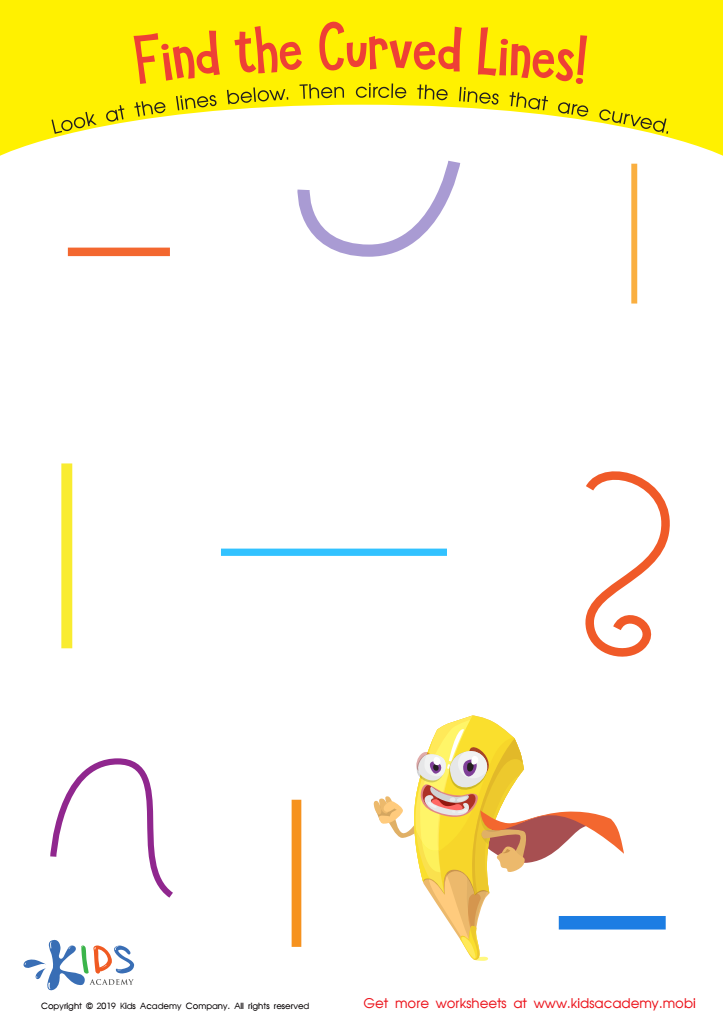

Find the Curved Lines! Worksheet
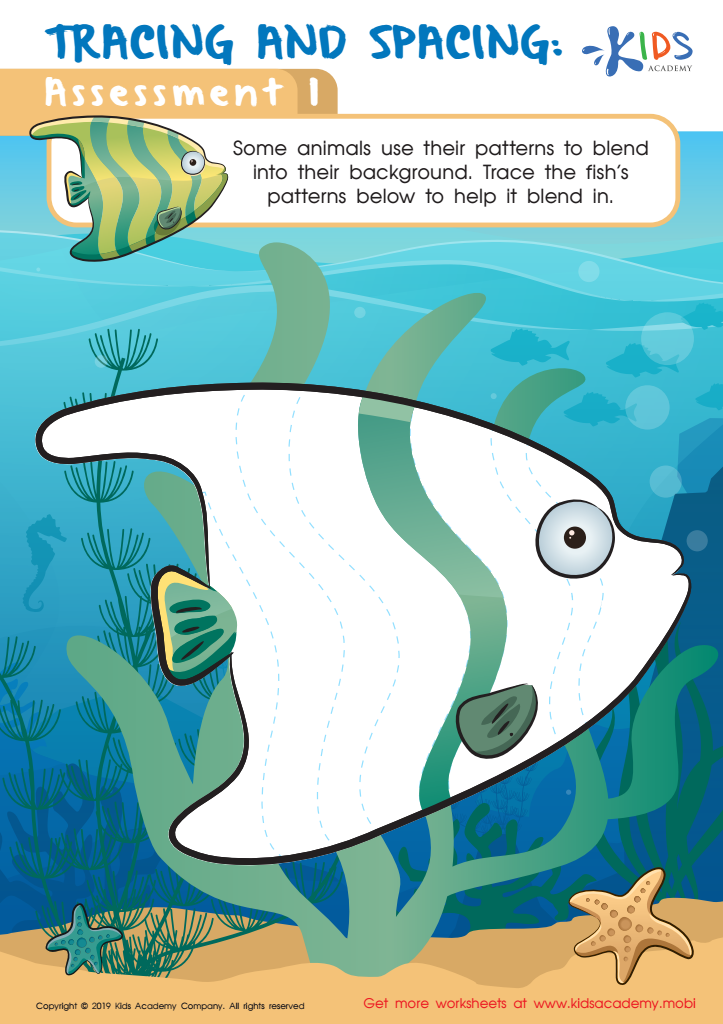

Tracing and Spacing: Assessment 1 Worksheet
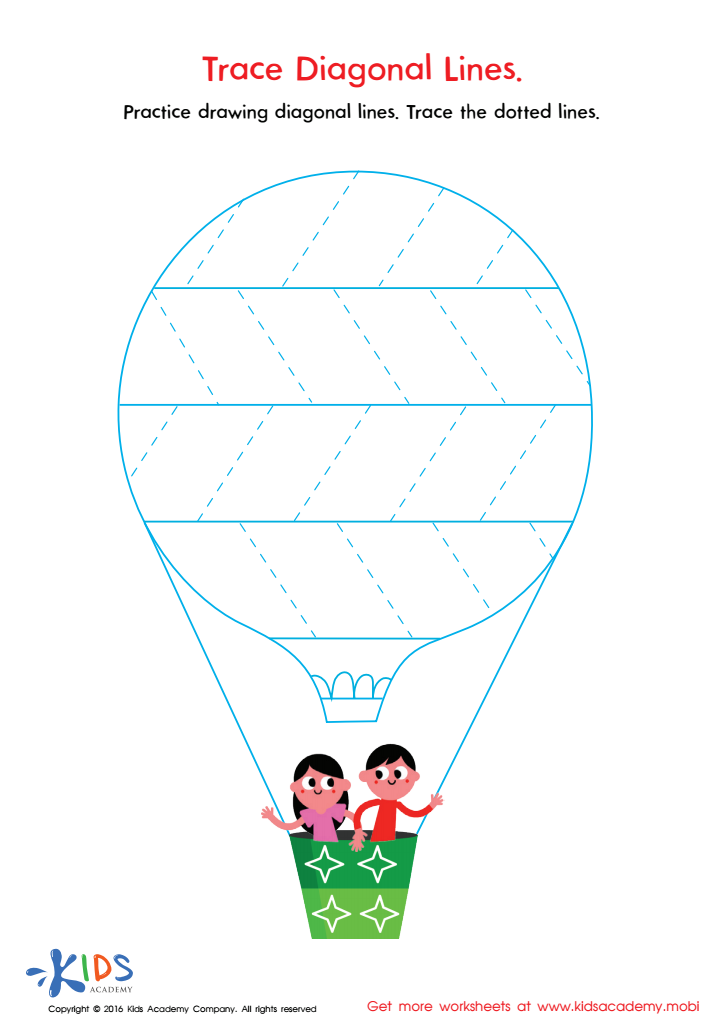

Trace Diagonal Lines Worksheet
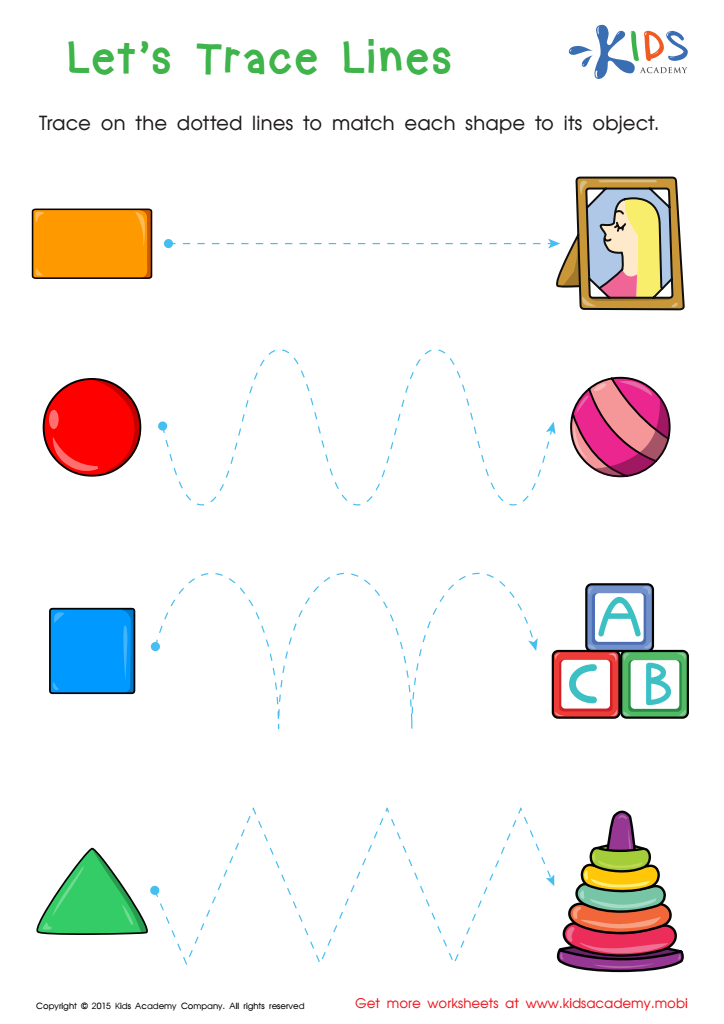

First Words: Let's Trace Lines Worksheet
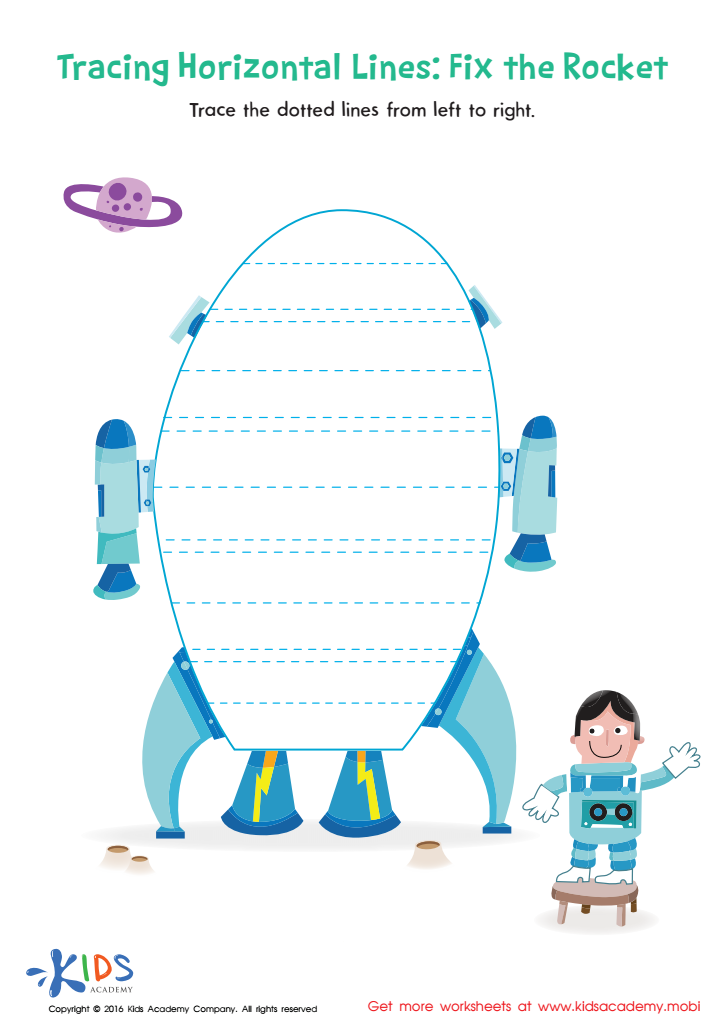

Tracing Horizontal Lines Worksheet
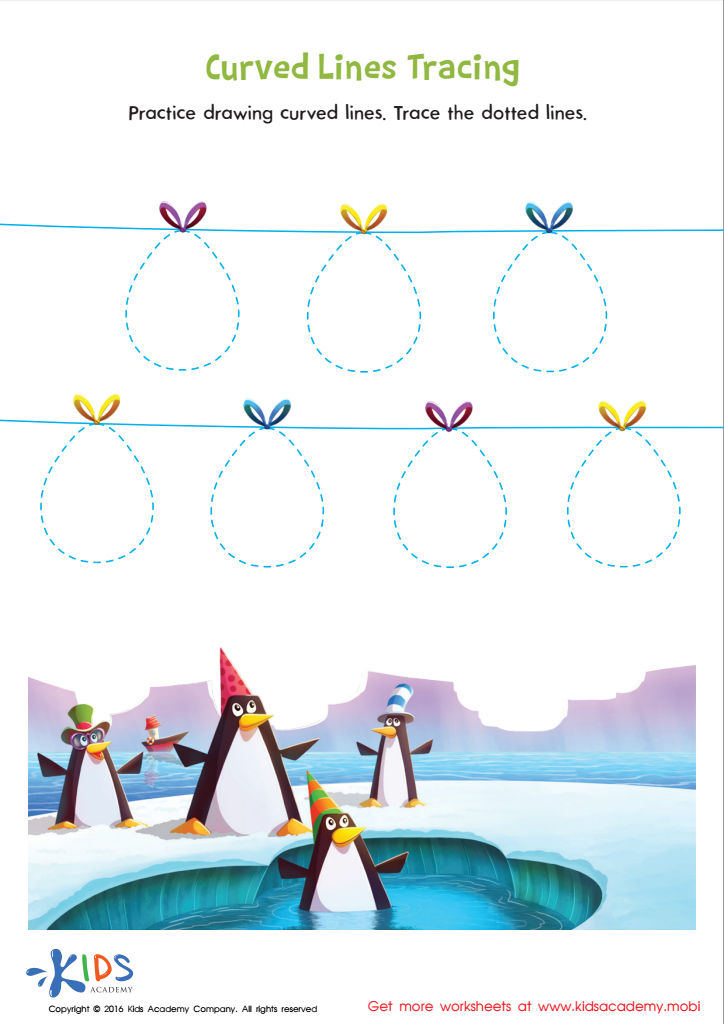

Curved Lines Tracing Worksheet
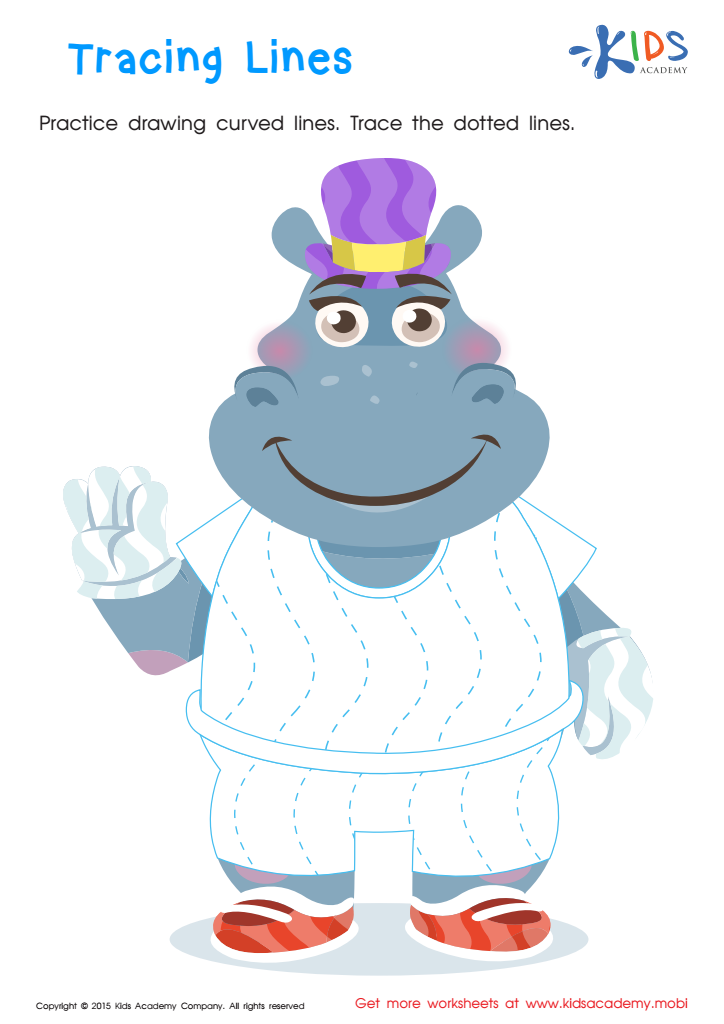

Tracing Lines Worksheet
Tracing Lines and Curves worksheets activities are a cornerstone in the early development of children's writing and fine motor skills. These engaging and educational exercises offer a structured way for young learners to gain confidence and precision in their pencil control, which is essential for their academic journey.
The significance of Tracing Lines and Curves worksheets activities cannot be overstated. Firstly, they serve as an introduction to the basic principles of writing. Before children can form letters and numbers, they need to understand and master the art of drawing straight lines, curves, and shapes. These worksheets provide a guided practice that helps children develop the muscle memory necessary for writing.
Moreover, Tracing Lines and Curves worksheets activities are instrumental in enhancing fine motor skills. The act of holding a pencil and tracing lines requires coordination and strength in the small muscles of the hand and fingers. Regular practice with these worksheets ensures that children develop the dexterity needed not only for writing but also for other daily activities such as buttoning, zipping, and tying shoelaces.
In addition to motor skills development, Tracing Lines and Curves worksheets activities foster concentration and patience in young learners. The focus needed to follow the lines and curves from one point to another teaches children how to control their movements and work meticulously, traits that are beneficial across all areas of learning and development.
Furthermore, these worksheets can be a source of creativity and expression. As children become more comfortable with tracing, they can start experimenting with drawing and creating their own lines and shapes, paving the way for artistic expression and creativity.
In conclusion, Tracing Lines and Curves worksheets activities are a foundational tool in early childhood education. They not only prepare children for writing but also contribute significantly to their overall motor development, concentration, and creativity. Engaging in these activities lays the groundwork for a successful transition into more complex learning tasks, making them an indispensable part of early learning curricula.
 Assign to My Students
Assign to My Students
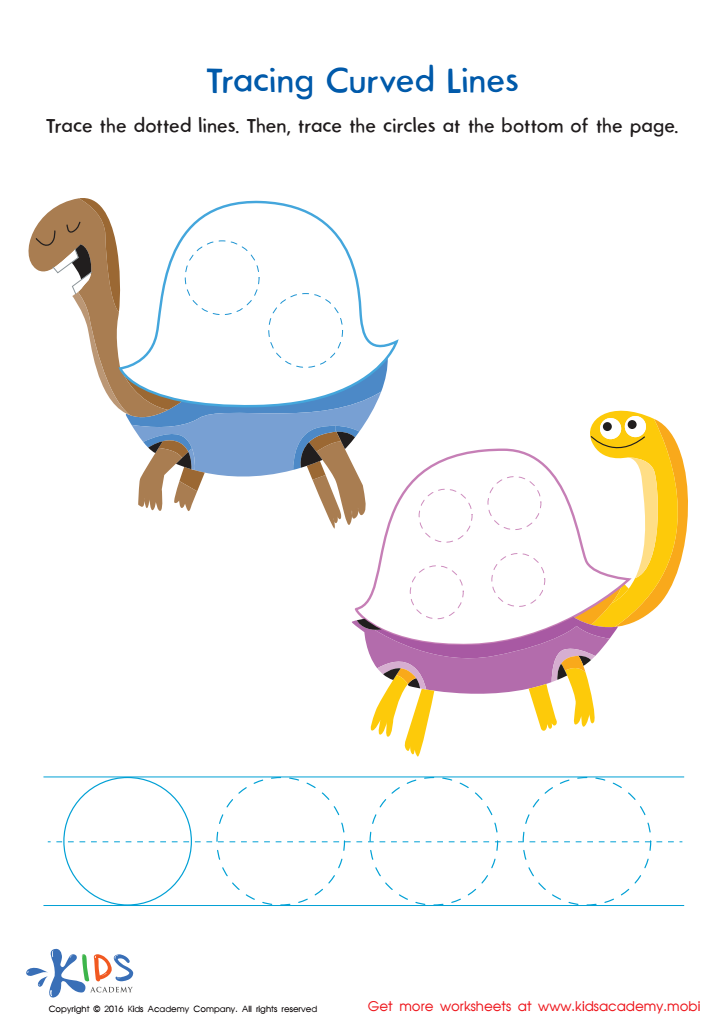



.jpg)













